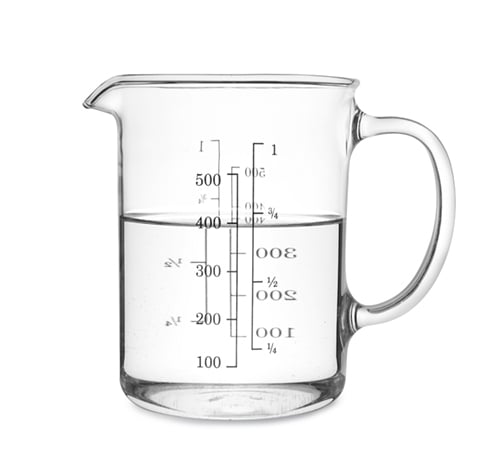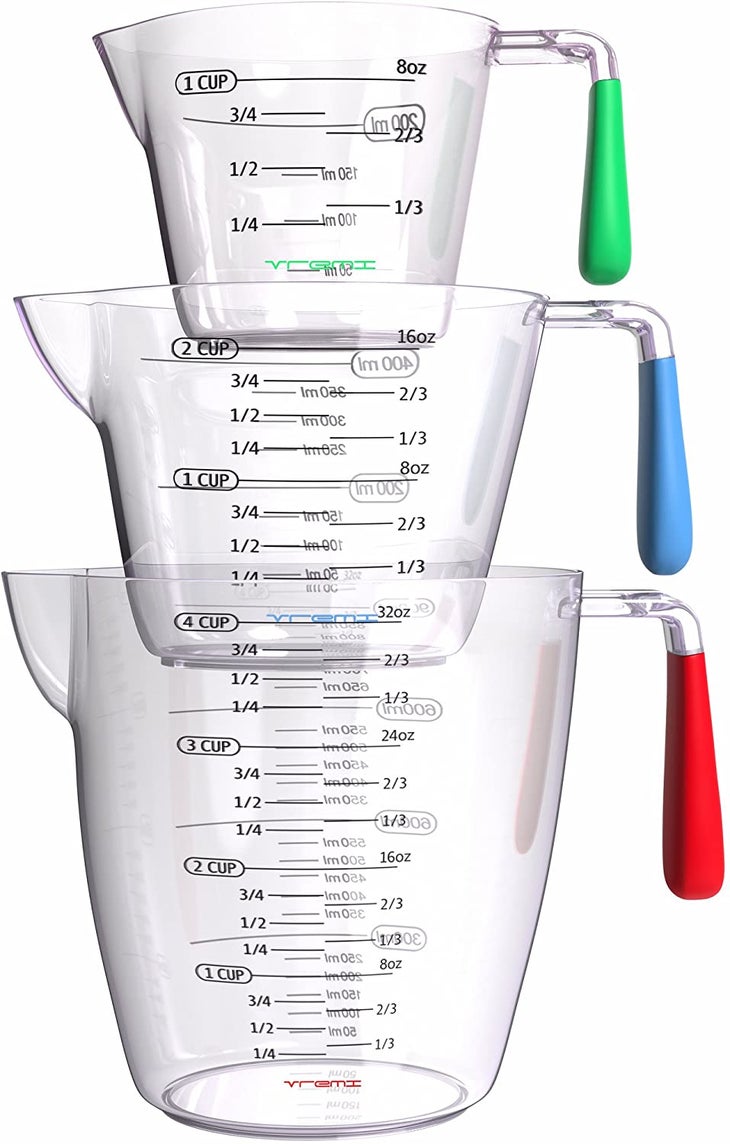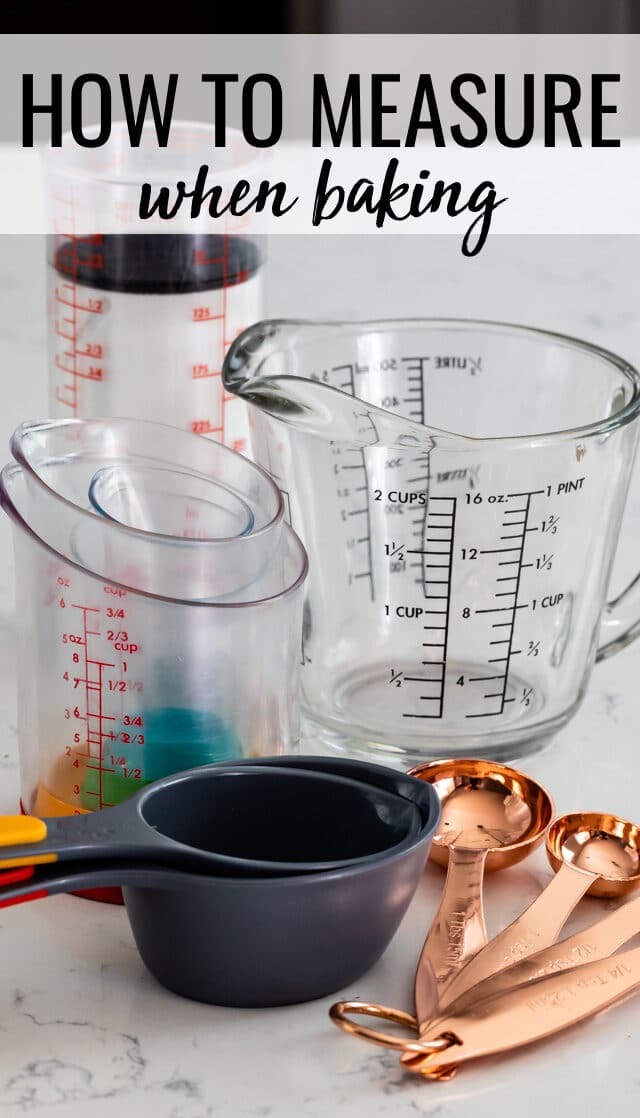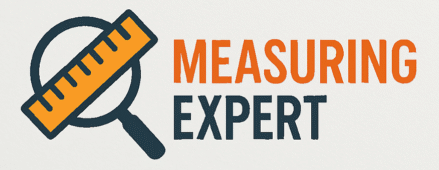Using a measuring jug for liquid ingredients is simple yet crucial. Accurate measurements ensure your recipes turn out perfect every time.
Measuring jugs, also known as measuring cups, are essential kitchen tools. They help you measure liquids like water, milk, and oil with precision. Whether you’re a beginner or an experienced cook, understanding how to use a measuring jug properly is important.
This guide will walk you through the steps, ensuring your liquid ingredients are always measured correctly. From reading the markings to pouring techniques, you’ll learn everything you need to know. Let’s dive in and make your cooking and baking experiences more accurate and enjoyable.
Choosing The Right Measuring Jug
Hey friends, today we are going to talk about choosing the right measuring jug for liquid ingredients. This might sound simple, but trust me, it can make a big difference in your kitchen. The right measuring jug ensures you get accurate measurements, which means your recipes turn out perfect every time. So, let’s dive into the details.
Material Options
When it comes to choosing a measuring jug, the material is important. Different materials have different advantages. Let’s look at a few common options:
- Plastic: Lightweight and durable. Great for everyday use. However, it can stain and retain odors.
- Glass: Heavy and sturdy. It’s also microwave-safe and doesn’t stain. But, it can break if dropped.
- Stainless Steel: Very durable and long-lasting. It’s also resistant to stains and odors. But, it’s not microwave-safe and can be a bit heavy.
So, think about how you will use your measuring jug. For example, if you need to heat liquids in the microwave, a glass jug might be the best choice.
Capacity Considerations
The capacity of the measuring jug is another key factor. Here’s what you need to consider:
- Small Capacity (500ml or less): Ideal for measuring small amounts of liquid. Great for baking and making sauces.
- Medium Capacity (500ml to 1L): Versatile and suitable for most everyday cooking tasks. Good for soups, stews, and more.
- Large Capacity (1L or more): Perfect for larger recipes. Great for batch cooking and making big pots of soup.
Think about the recipes you make most often. If you frequently cook large meals, a jug with a larger capacity might be best.
And then… you’re all set! Choosing the right measuring jug is simple when you know what to look for. Just consider the material and the capacity you need. Your recipes will thank you!
Understanding Measurement Units
Using a measuring jug helps ensure accurate liquid measurements. Pour the liquid into the jug and check the level at eye height. This prevents errors in cooking and baking recipes.
Hey friends, today we’re diving into something super important for your cooking adventures – understanding measurement units. If you’ve ever been confused about how to measure liquids, you’re not alone. Let’s break it down simply and clearly, so you can confidently use a measuring jug for all your liquid ingredients. Ready? Let’s go!Metric Vs. Imperial
First, let’s talk about the two main systems you’ll encounter: Metric and Imperial. Metric System: – Used in most countries. – Measures in liters (L) and milliliters (mL). – Easy to convert (1 liter = 1000 milliliters). Imperial System: – Common in the United States. – Measures in gallons, quarts, pints, cups, fluid ounces. – Conversion can be tricky (1 gallon = 4 quarts = 8 pints = 16 cups = 128 fluid ounces). Imagine you’re making a recipe from a UK cookbook. It uses liters. But your measuring jug is in cups. This can be confusing, right? Don’t worry, we’ve got some tips for you.Common Conversions
Conversions are essential. Here’s a handy table to help you out:| Metric | Imperial |
|---|---|
| 1 liter (L) | 4.23 cups |
| 500 milliliters (mL) | 2.11 cups |
| 250 milliliters (mL) | 1.06 cups |
| 100 milliliters (mL) | 0.42 cups |
| 50 milliliters (mL) | 0.21 cups |
Preparing Your Measuring Jug
Before you start measuring your liquid ingredients, it’s crucial to prepare your measuring jug properly. A clean and accurate jug ensures you get the right measurements, which is essential for your recipe to turn out well. Let’s dive into the steps you should take to prepare your measuring jug.
Cleaning Tips
First things first, you need to clean your measuring jug. Even if it looks clean, it might have dust or residues that can affect your measurements. Here’s how to clean it:
- Rinse with Warm Water: Start by rinsing the jug with warm water. This helps remove any dust or light residues.
- Use Mild Soap: Apply a small amount of mild dish soap and use a sponge to gently scrub the inside and outside of the jug.
- Rinse Thoroughly: Make sure to rinse off all the soap. Any leftover soap can mix with your ingredients and affect the taste.
- Dry Completely: Use a clean kitchen towel to dry the jug. Leaving it wet can cause water droplets to mix with your ingredients, altering the measurement.
Ensuring Accuracy
Accuracy is key when measuring liquid ingredients. A small mistake can change the outcome of your recipe. Here are some tips to ensure you get the right measurements:
- Place on a Flat Surface: Always place your measuring jug on a flat, level surface. This ensures the liquid settles evenly, giving you an accurate reading.
- Read at Eye Level: Bend down so your eyes are level with the measurement markings on the jug. Reading from above or below can cause parallax error, leading to inaccurate measurements.
- Use the Right Jug: Make sure you’re using a measuring jug that’s designed for liquids. Dry measuring cups aren’t accurate for liquids as they can overflow or not fill completely.
- Check the Meniscus: The meniscus is the curve you see at the top of the liquid. Always measure from the bottom of this curve to get an accurate reading.
Following these simple steps will help you prepare your measuring jug properly, ensuring your liquid measurements are accurate every time. Happy cooking!

Credit: food-guide.canada.ca
Measuring Techniques
Measuring liquid ingredients accurately is crucial in cooking and baking. The right measuring techniques ensure your recipes turn out perfectly every time. Let’s explore some essential techniques.
Eye Level Precision
To measure liquids accurately, place the measuring jug on a flat surface. Ensure the liquid is still. Bend down to eye level with the measurement markings. This helps you see the exact level of the liquid. Avoid looking from above or at an angle. This technique ensures precision.
Eliminating Air Bubbles
Air bubbles can affect the accuracy of your measurement. Tap the jug gently on the counter. This helps release trapped air bubbles. Wait for the bubbles to rise and pop. Check the measurement again. This ensures you have the correct amount of liquid.
Pouring Tips And Tricks
Using a measuring jug for liquid ingredients can be tricky. Knowing a few pouring tips and tricks can make the task easier. The right techniques can help you avoid spills and ensure accuracy. Here are some practical tips to help you pour liquids smoothly.
Steady Hand Techniques
Keep your elbow close to your body. This helps stabilize your arm. Hold the measuring jug with a firm grip. Pour slowly to control the flow. Use your other hand to support the jug if needed. This reduces the chance of sudden movements.
Avoiding Spills
Place the measuring jug on a flat surface. Check the liquid level at eye level. Pour the liquid slowly into the jug. Aim for the center of the jug. Stop pouring just before reaching the desired mark. This prevents overflow and spills. If you overfill, use a spoon to remove the excess liquid.
Reading Measurements Correctly
Using a measuring jug for liquid ingredients might seem easy. But getting accurate measurements is crucial. Small mistakes can change your recipe’s outcome. So, how do you read measurements correctly? Let’s break it down.
Meniscus Level
First, understand the meniscus. The meniscus is the curve you see at the liquid’s surface. Always read the measurement at eye level. The lowest point of the curve shows the correct measurement. This ensures accuracy.
Avoiding Parallax Errors
Parallax errors occur when you look from the wrong angle. Always ensure your eyes are level with the jug’s markings. Looking from above or below can give false readings. Stand straight and align your eyes with the measurement line.
Maintaining Your Measuring Jug
Hey friends, today we’re going to talk about how to keep your measuring jug in top shape. Using a measuring jug is essential for getting your liquid ingredients just right. But, taking care of it is equally important. Why? Because a well-maintained jug ensures accuracy and lasts longer. Let’s dive into some easy steps you can follow to maintain your measuring jug.
Proper Storage
Storing your measuring jug properly is crucial. It can prevent damage and ensure it stays clean and ready to use. Here are some tips for proper storage:
- Keep it dry: After washing, make sure your jug is completely dry before storing it. This prevents mold and bacteria growth.
- Store it upright: Always store your jug upright. This helps maintain its shape and prevents any leftover liquid from causing damage.
- Avoid stacking: If you have multiple jugs, avoid stacking them inside each other. This can cause scratches and damage the markings.
Regular Calibration
Regular calibration of your measuring jug is like giving your car a tune-up. It ensures that the measurements are accurate. Here’s how you can do it:
- Use a known volume: Fill your jug with a known volume of water, say 1 cup or 250 ml. Check if the markings align correctly.
- Adjust if needed: If the markings are off, you may need to adjust or replace your jug. Consistent accuracy is key to perfect recipes.
- Check frequently: Make it a habit to check your jug every few months. This ensures that wear and tear haven’t affected its accuracy.
By following these simple steps, you can keep your measuring jug in great condition. Proper storage and regular calibration will ensure your recipes turn out perfect every time. Happy cooking!

Credit: www.cleaneatingmag.com
Common Mistakes To Avoid
Using a measuring jug correctly is crucial for accurate recipes. Mistakes can lead to ruined dishes. Here are some common mistakes to avoid.
Overfilling The Jug
One common mistake is overfilling the jug. This can cause spills. It also makes it hard to measure accurately. Always fill the jug to the marked line. Avoid guessing. This ensures you have the right amount.
Using The Wrong Unit
Another mistake is using the wrong unit. Many jugs have multiple units, like milliliters and cups. Using the wrong one can throw off your recipe. Check the unit before you pour. Make sure you are using the correct one for your recipe. Double-checking helps prevent errors.

Credit: www.crazyforcrust.com
Frequently Asked Questions
How To Measure Liquid Ingredients In A Measuring Jug?
Use a clear measuring jug. Place it on a flat surface. Pour liquid to the desired measurement line. Check at eye level for accuracy.
What Is The Proper Way To Use A Liquid Measuring Cup?
To use a liquid measuring cup, place it on a flat surface. Pour the liquid and check at eye level. Ensure accuracy by filling to the desired measurement line. Avoid overfilling to prevent spills. Use a spout to pour the liquid smoothly.
What Are Two Rules You Should Follow When Using A Measuring Jug?
Use a flat surface to ensure accurate readings. Read measurements at eye level for precision.
Is 1 Cup Dry The Same As 1 Cup Liquid?
No, 1 cup dry is not the same as 1 cup liquid. Dry and liquid ingredients have different measurements.
Conclusion
Using a measuring jug is simple and essential. Measure liquids accurately to ensure perfect recipes. Always check the measurements at eye level. Clean the jug after each use. Practice makes perfect, so don’t worry if mistakes happen. With these tips, you’ll use a measuring jug like a pro.
Enjoy cooking and baking with confidence. Your dishes will taste better with accurate measurements. Happy cooking!
